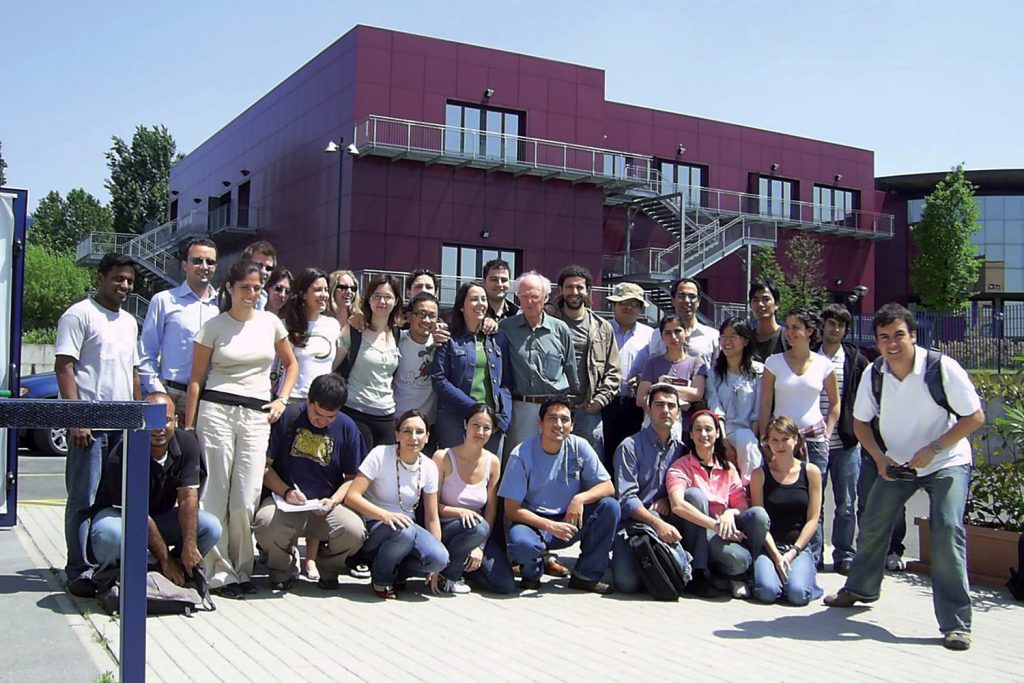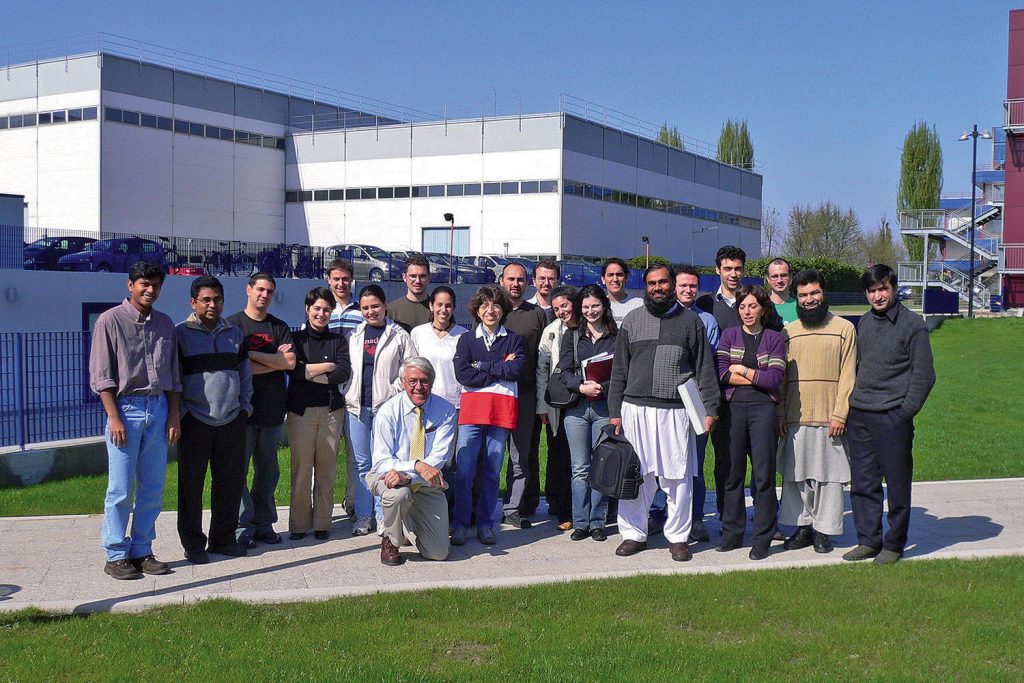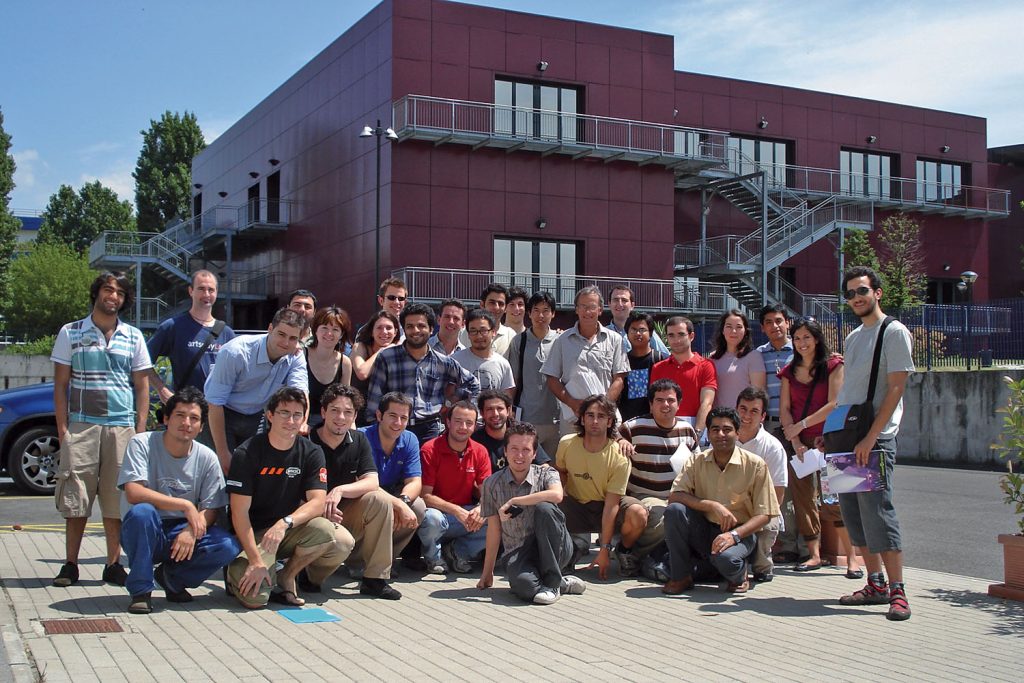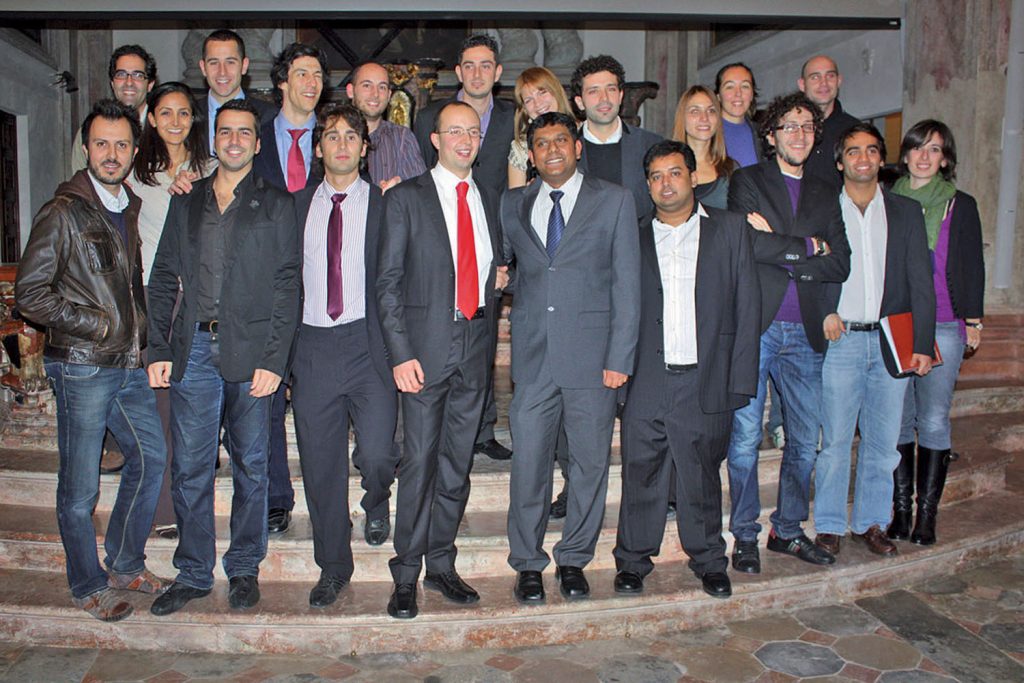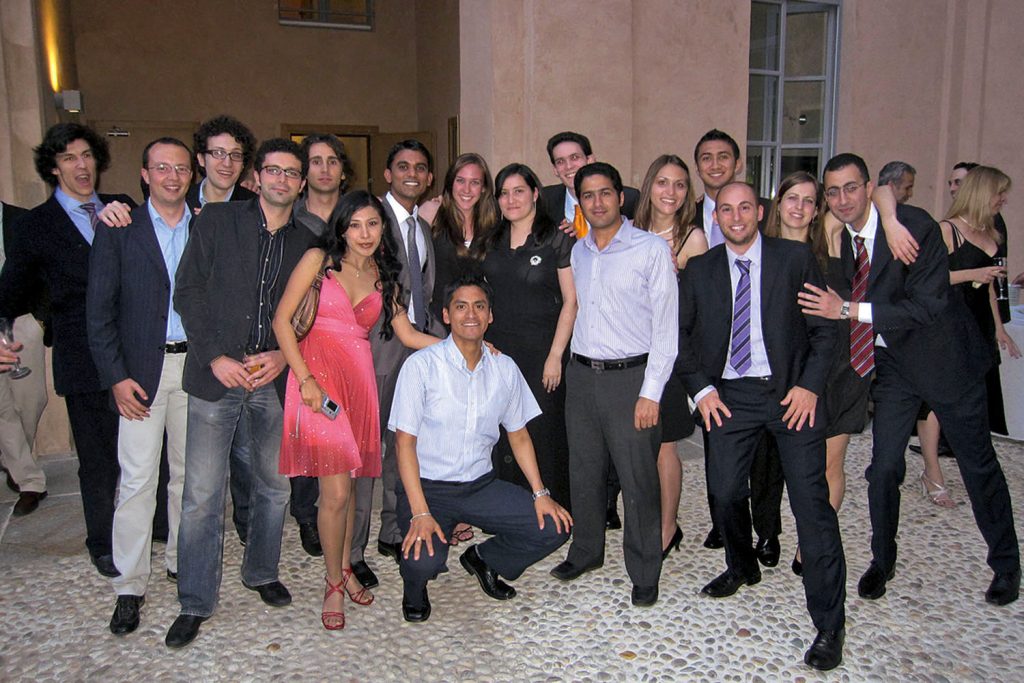Created in 2001, the ROSE School (European School for Advanced Studies in Reduction of Seismic Risk) developed a second-level Master’s Programme and a Doctoral Programme focused on earthquake engineering research for mitigation of seismic risk.
In 2011, the ROSE School’s scope for assessing and mitigating risk broadened to include other types of hazards, such as flood and chemical, and resulted in the ROSE doctoral programme being included as one of the training and research branches of the UME (Understanding and Managing Extremes) doctoral programme. The original ROSE School programme thus became the ROSE Curriculum and maintained its strong focus on the reduction of seismic risk alongside the new NatRisk Curriculum (Hydrometeorological, Geological, Chemical and Environmental Risk), which addressed a broad variety of subjects. The main objective was the assessment and mitigation of seismic and other risks due to natural hazards, to provide a system within which candidates could study, understand and manage the consequences of extreme events.
With the institutional growth of IUSS Pavia, the university that runs and manages the UME Doctoral programme, the NatRisk path evolved into multiple independent and specific doctoral programmes, setting the ROSE path again as a fully independent doctoral programme from the academic year 2023/2024, just as it was until 2011.
Nowadays, the activities of the ROSE School are focused on research and advanced training in the field of seismic risk reduction. They encompass the fields of structural and geotechnical engineering, applied mathematics, structural dynamics, engineering seismology, probability and statistics, advanced numerical analysis and state-of-the-art experimental testing techniques.
In particular, the research activities are focused on several specific topics pertinent to the effective quantification and reduction of seismic risk. These include the study of non-structural elements and their role in incurring economic losses in buildings, in addition to retrofit decision-making tools considering both seismic upgrade benefits and potential environmental impacts. The development of seismic design, assessment and risk classification methodologies via advanced probabilistic and statistical approaches for various structures and infrastructures, such as buildings and bridges, also form a core part of the ROSE School’s research activities. Many of these are carried out in close collaboration between IUSS Pavia and the University of Pavia, in addition to the Eucentre Foundation, through their extensive experimental testing facilities.
In terms of advanced training, the ROSE School provides continual support for the study programmes of the University of Pavia and IUSS Pavia in the field of seismic risk reduction. This refers specifically to the ROSE PhD programme in Earthquake Engineering, in addition to a first-level Master’s degree in Civil Engineering for Mitigation of Risk from Natural Hazards (CivRisk), and to the second-level ROSE Master’s degree in Earthquake Engineering, which are all jointly offered from the University of Pavia and IUSS Pavia.
